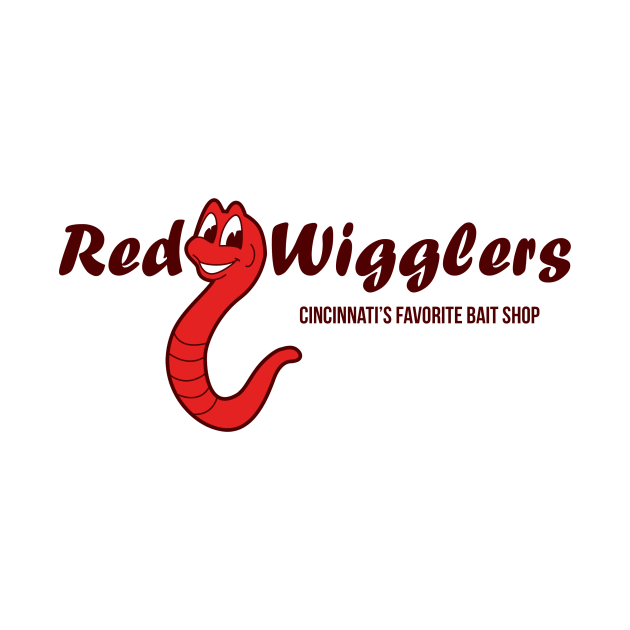

Let’s do a deeper review of the 3 main options in the best worms for composting category. Nightcrawlers, on the other hand, prefer deeper areas to burrow where they eat and breed. Most indoor and outdoor worm bins are set-up so that food is placed on the surface of the bin (where Red Wigglers and Indian Blues naturally live and breed).

The tendency of Red Wigglers and Indian Blues to live in or around the surface is 1 reason why they are one of the best worms for vermicomposting. Nightcrawlers, by contrast, are anecic worms, meaning they burrow horizontally and live much deeper in the soil. Red wigglers and Indian Blues are epigeic worms, meaning they live, breed and eat within 2-3 inches of the soil surface. Best Worms for Vermicomposting - Characteristics of Red Wigglers, Indian Blues, and Nightcrawlersīefore making a decision on the best type of worm to use for vermicomposting, it’s important to know more about how each species operates. Looking to buy worms? Find our red wigglers for sale here and our European Nightcrawlers for sale here.

Red Wigglers and Indian Blues are very similar (as in almost identical and hard to tell apart), and although the Red Wiggler is slightly more adaptable to certain conditions, this is more than offset by the Blue worm’s ability to compost more waste and breed faster (which leads to more worms in your compost bin, more waste processed, and more worm castings for your home and garden!). Having raised millions of composting worms, we believe these 3 worm species are the best worms for composting and vermicomposting. All 3 worm species work well in indoor and outdoor environments and are easy to manage. Composting with earthworms is a great way to recycle food scraps, yard debris, manure, and other organic matter, but what is the best type of worm to use for composting and vermicomposting?įor home composting, most people use Red Wigglers, Indian Blues, or Nightcrawlers.


 0 kommentar(er)
0 kommentar(er)
